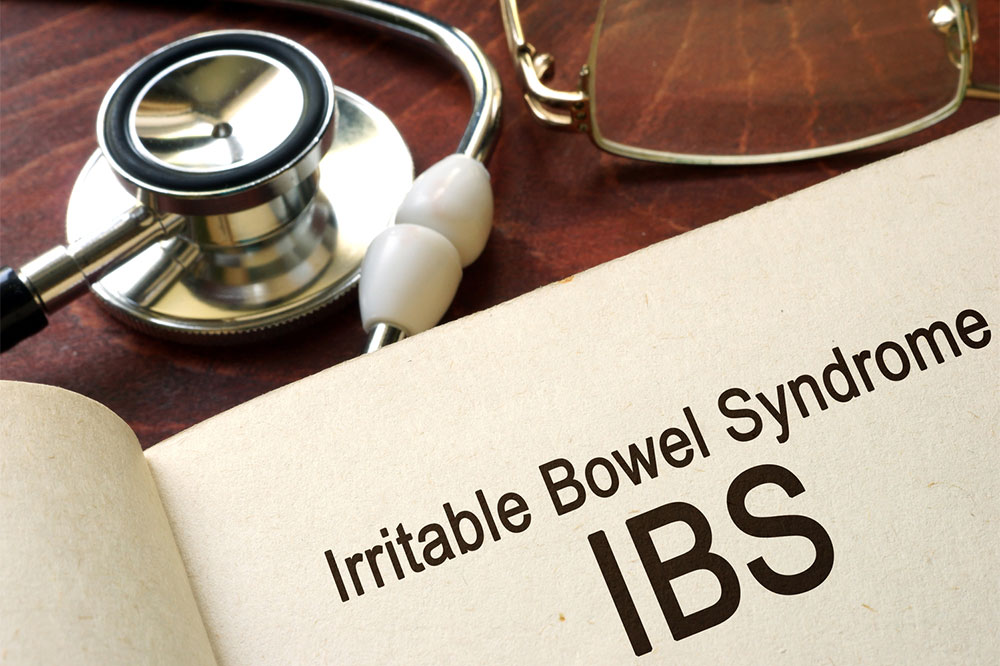Comprehensive Guide to Abdominal Discomfort: Causes, Symptoms, and Effective Treatments
This comprehensive guide explores the causes, symptoms, and treatments of abdominal discomfort. It emphasizes the importance of proper diagnosis, lifestyle changes, and medical intervention to effectively manage this common health issue. From minor indigestion to serious internal conditions, understanding abdominal pain helps in prompt and effective treatment, promoting better digestive health.

Comprehensive Guide to Abdominal Discomfort: Causes, Symptoms, and Effective Treatments
Experiencing discomfort in the abdomen is a common issue that can affect individuals of all ages. This discomfort can manifest in various forms, ranging from mild aches to intense pain accompanied by symptoms like nausea, dizziness, or a heavy sensation within the abdominal region. Such symptoms often cause individuals to avoid eating or drinking, which can sometimes exacerbate discomfort and complicate the underlying issue.
Abdominal pain can be linked to a multitude of factors, often related to the functioning of internal organs such as the stomach, intestines, liver, gallbladder, spleen, or pancreas. When these organs are inflamed, swollen, infected, or malfunctioning, pain signals usually follow. Some minor causes of abdominal discomfort resolve naturally or with minimal interventions, but persistent or severe symptoms require careful assessment and treatment.
Identifying the root cause of abdominal discomfort is essential, especially when symptoms are mild. For instance, overeating or indulging in foods that produce excessive gas can lead to bloating, heartburn, and general abdominal pain. Making modifications to your diet—such as choosing light, fiber-rich foods and increasing water intake—can significantly alleviate these issues. Women, in particular, may experience cramps during menstruation, which can be relieved through relaxation techniques like deep breathing exercises or gentle stretching.
When abdominal pain persists or worsens, lifestyle adjustments and timely medical intervention are crucial. Over-the-counter remedies such as laxatives, antacids, or mild pain relievers can help manage symptoms temporarily. It’s important to note that some medications, including NSAIDs like ibuprofen, aspirin, or naproxen, can irritate the stomach lining and potentially cause ulcers if taken improperly or over long periods. Therefore, consulting a healthcare professional before using these medications is advisable. If pain is severe or accompanied by symptoms such as fever, vomiting, diarrhea, jaundice, swelling, or blood in stool, immediate medical attention is necessary. These signs may indicate serious underlying conditions such as internal injury, infection, or even organ failure, making prompt diagnosis and treatment vital.
Maintaining a healthy lifestyle can greatly reduce the risk of developing abdominal issues. Regular exercise, a balanced diet rich in fiber and nutrients, avoiding smoking and alcohol consumption, and practicing good hygiene are foundational steps towards prevention. Embedding these habits into daily routines can help keep abdominal organs healthy and functioning properly.
Common Causes of Abdominal Discomfort
Abdominal pain is a symptom caused by various underlying health conditions and factors. Common causes include swelling or inflammation of organs, gallstones, hepatitis, colitis, indigestion, viral infections, constipation, food poisoning, gastritis, menstrual cramps, food intolerances, irritable bowel syndrome (IBS), ulcers, hernias, infections of the reproductive system, Crohn’s disease, appendicitis, diverticulitis, acid reflux, urinary tract infections, and cancers of the stomach, liver, or pancreas.
Additionally, certain medications and dietary supplements might produce abdominal discomfort as side effects. It’s important to thoroughly review medication labels and consult healthcare providers if adverse reactions or unexpected symptoms occur, to prevent complications or further health issues.
Symptoms Associated with Abdominal Pain
Symptoms often accompanying abdominal pain can include fever, loss of appetite, belching, bloating, tenderness upon touch, changes in bowel movements (such as diarrhea or constipation), indigestion, nausea, vomiting, pain in the chest or pelvic region, swelling, and unexplained weight loss. Recognizing these symptoms helps in early diagnosis and treatment of potential conditions.
Diagnosing Abdominal Discomfort
Proper diagnosis involves a thorough medical history review, physical examinations, and various diagnostic tests. Healthcare providers might order blood tests, urine tests, or stool analysis to identify infections or inflammations. Imaging studies such as X-rays, ultrasound scans, computed tomography (CT), magnetic resonance imaging (MRI), capsule endoscopy, barium swallow studies, endoscopic ultrasound, or colonoscopy can reveal structural abnormalities, tumors, or other internal issues. In some cases, doctors evaluate mental health aspects, as psychological stress can also contribute to or exacerbate physical symptoms.
Effective Management and Treatment of Abdominal Pain
Treatment strategies depend on the identified cause of the discomfort. Medical professionals may prescribe medications such as pain relievers, antibiotics for infections, or medications to manage acid reflux, inflammation, or ulcers. In cases where structural issues like hernias or damaged organs are involved, surgery might be necessary to repair or remove problematic tissues. Alongside medical treatments, lifestyle modifications such as dietary changes, stress management techniques, and avoiding known irritants are highly beneficial. Implementing these approaches can lead to significant relief and prevent future recurrence of abdominal issues.





